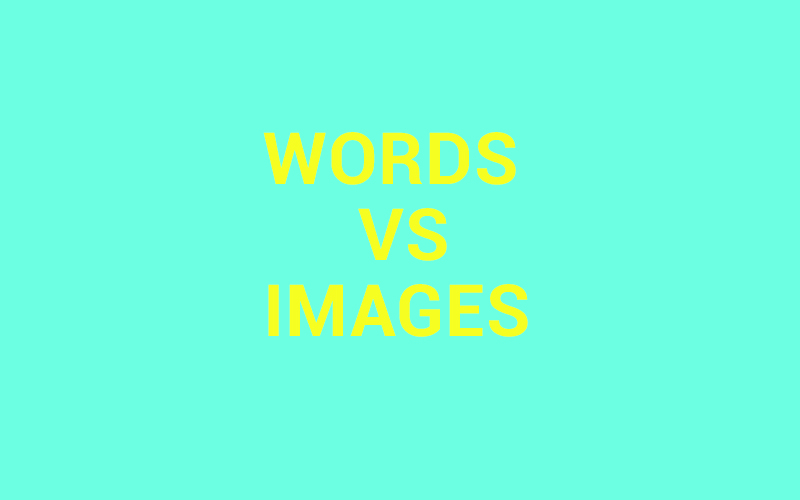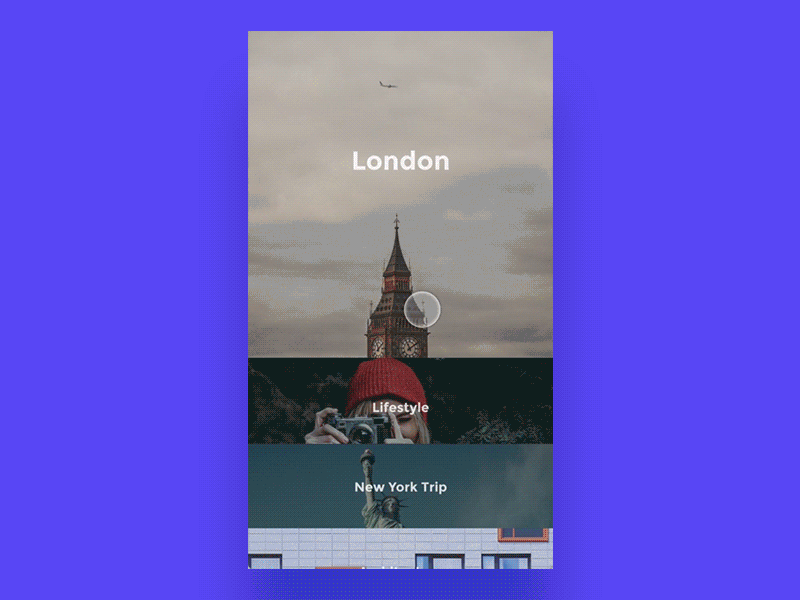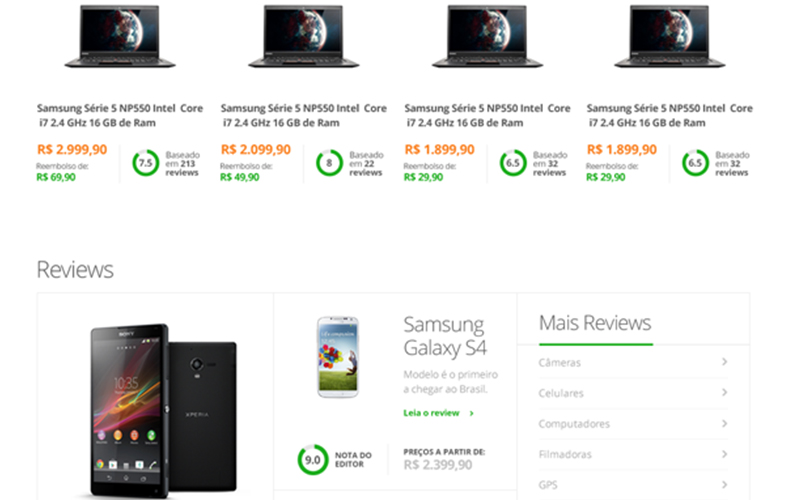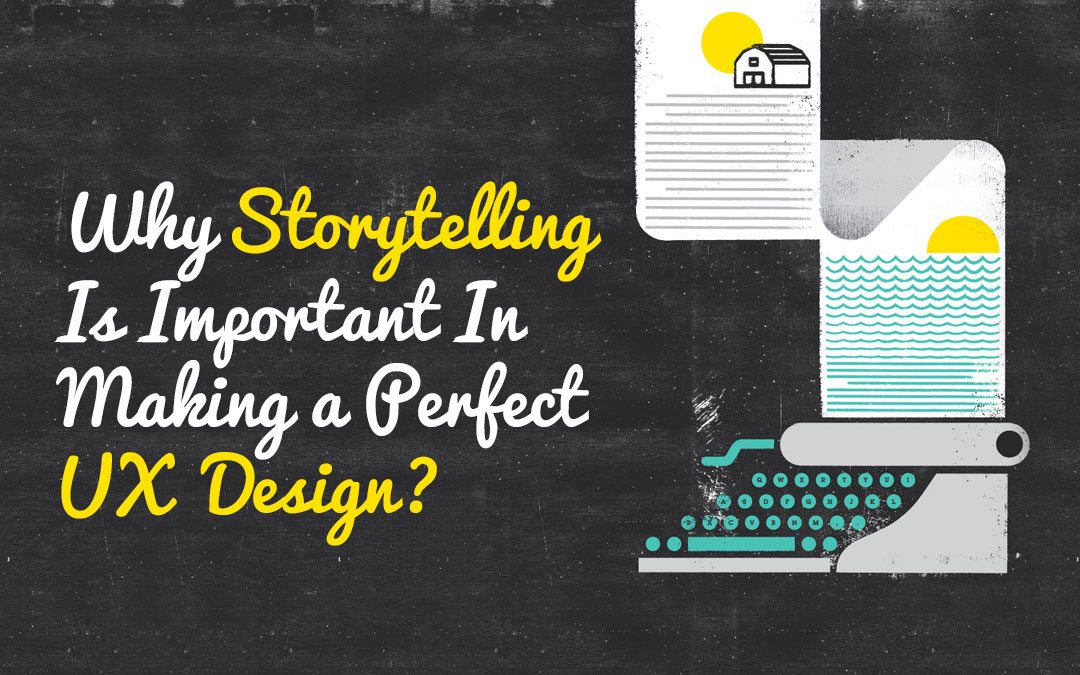Talk about communication and you will find that it is images that supersede words. Since ages, we have been gracing visual language more than the text and it is, in fact, this visual language that also forms the basis of the human-centric design. If you ask what role does visualize have in design? I would say that for me, as a UX designer, the real process only starts when visualization of data comes into play. You have to understand that even if the data quickly catches eyeballs, still it requires a language and story to make it compelling.
1. Story That Engages The Users

Yes, there has to be a story that engages the users. Something that attracts their attention immediately and not make them ignore it altogether. It need not be detailed or complex in the first place, even a single picture is good enough make a story effective! Why use twenty images when a single picture can equally suffice. But if the story demands twenty pictures to convey the meaning and work, then don’t risk in cutting the number. In the end, it all comes up to the need of the story; no excess, no shortage.
However, in some sites, interactive stories can do more harm than good. A site where the user is on the lookout for quick information would fail in purpose with drawn-out interactivity. The motive is not to establish a connection here rather deliver knowledge as quickly and easily as possible. Wikipedia, for instance, will not accomplish its target with heaps of interactive content interfering with the performance. Further, there are stories that are complex in nature and don’t go well with static images.
They get the advantage by involving the user in the story directly. For these types, you have to comprehend as to how to make the users come in contact. Remember, a story can make or break your career, so be very particular in selecting and developing them for use. This article is all about crafting an interactive story with finesse and giving a definition to your creativity :-
2. The Logic

Wait a minute. Are you thinking why designers have to worry about telling stories? But storytelling is not just about creating a tale of romance or rescue or vampires with superpowers. Storytelling is very much a part of our daily lives, like when we see a protest for a cause with hand-painted slogans or a man helping a blind cross the road. All these are stories; brief instances of people resorting to action and contributing to the world around them. To think of it, that’s what the essence of every story is.
The general plot of every movie that we see is that a person reacts to the events around them, which becomes the cause of another happening that is also related to this person and further the chain continues. Oh Yes! Simple and clear. The story is not always complex. We all know the fundamentals; ultimately it depends upon how efficiently we engage with our clients and viewers.
3. Express The Vision
As you try framing a storyline your objective should be clear. Why is this story necessary? What is the belief that gives rise to the story? What is the focal point? What are you trying to tell the audience? What will persuade your clients? After all, this is not about sales or brand talk; it is a story, a thought, a vision.
Your client is just not contented with ‘website’ or ‘brand’ and expects something bigger, something better. They look forward to loyal customers who rave about their products. They want to make a difference to the world with their work. They dream of a story that inspires, now it is up to you as a designer to give their ideas wings to fly high.
4. Words vs Images

For designers, visuals carry a lot of significance. Pictures are employed heavily to tell stories. Be it a smiling mother with a shopping cart in a print ad or sight of abundant crops on sustainable farming, all are stories. How do words complement? You might have an impression that writing is the job of writers, yes it surely is, but that is not all about it. When you are handling type, it means you are taking care of the words, i.e., placing them in a manner that captures the reader’s attention immediately.
Similar to images, words also pronounce a different story in relation to the way they look. Typography has its own potential to express a story but is often left ignored by the people. Experienced print designers do give credit to type, but the new web designers usually overlook its strong merits. Do actual words stand a chance in influence? Of course, even if you are not qualified as a professional author that doesn’t imply your words are ineffective. Various designers and artists have benefited immensely only because they wrote or blogged content that people found helpful. Tell a story that resonates with people; a story that is an instant puller.
5. Users as Characters

One of the best tricks of storytelling to engage users is to convert them into a character. The website becomes all about them rather for some indefinite entity. This is a brilliant approach. The users have a keen interest in what you are telling as it discloses something unique about themselves. Contemplate of ways in which you can convert your user as a character in the story, either by connecting to them directly or by personalizing the content that is to be displayed.
Whatever is the basis, user input or complex real-time data, such an interaction is tremendously useful especially if you want complete user involvement on a cause or topic. So, if you desire your site to be a success, make sure to address the user directly and give them importance.
6. The Reward Game

Next tactic that proves to be really fruitful in storytelling is to gamify your site. In other words, follow a system of risk and reward. You got to find methods to make your story reward your users on undergoing certain actions. This practice is common in web and mobile apps, but you can also employ it for your website. The best example to explain gamification is the websites that give credits or points as a way of reward for completing tasks. Rewards, if useful, are great motivators for customers. But do measure the stakes the user has with the level of rewards that you are offering.
Too small a reward will not allure them whereas too big a reward will make them doubtful. The most basic thing that can qualify as a reward is visuals that modify, transform or do something different. In fact, this is the way how video games function; accomplish a level and move to the next. Your website or app can follow the same pattern. Although gamification is not a direct way of storytelling, still it creates a huge impact on the experience. By opening the option of rewards for actions, you impart an adventurous thrill to the UX design.
7. Interactive Value

Some actions are quite predictable online. For instance, clicking and scrolling are actions that are obvious for any user, so to make it interesting add interactivity. If they are trying to click, use images to stress where the users should undergo the action and what it will result in. Do maintain consistency between the tone of your copy and images. A high-resolution image can do the deed well or you can go for Parallax scrolling to narrate a linear visual story as a user scrolls down. Take note that interaction design doesn’t mean adding vibrant animations at every corner of the site. Incorporate additional interactivity into the present user actions and give the users the advantage of a powerful experience.
8. Active Visuals

Create visuals that respond to user actions. Yes, even a simple animation can give leverage and trigger more reactions. This can be through clicking, scrolling or even a complex action like a form submission.
9. Suspense On The Go
An effective design strategy that is suitable for certain sites is to hide secondary elements and give the user the thrill of discoverability. It is a trick if suited well for your site can deliver the most delightful experience. The sites that are suitable here are game sites, giveaway or contest sites, sites for geeks, nerds or computer proficient as the target audience and any website that is thematic to fun and entertainment.
Keep in mind the understandability of your users so that they can enjoy this awesome interaction to the fullest. There will be some customers who won’t like it or will get annoyed. So, it is advised to do thorough research of your target audience and then devise a strategy. Once you are acquainted with them, go ahead and prioritize your tasks. Actions that are pertinent to user goals should be made visible whereas those which are infrequent can be kept less visible or hidden.
10. The Bigger Picture

Well, we all know every story has a beginning, middle and an end. Even a story supported with a single image runs on the same narrative format, but it is much more relevant for a detailed, complex story. Think of the beginning, middle and end of experience with vigilance. You must consider it from the user mindset- the beginning grants stimulus to the user journey, the middle is the stage when you’ll connect with them and the end marks the accomplishment of the final goal.
The phase of interaction and sales completion is different for every product and service. For instance, the user might find your product comparison feature at the beginning of their search for a nice computer, do some exploration, and then decide it is convenient to pay for the feature. Your side of experience is technically done, but the user has stages to undergo before achieving the final goal. There is no harm is performing user research and making a detailed experience map for the whole process.
Once you foresee the complete journey, you can make a more specific map that is centered on the beginning, middle and end portions of your site or app appropriate with the bigger picture. As you discover high-level and customer-oriented journeys, you will be able to create the most interesting story to narrate your site’s visual and interaction design.
11. Power Of Context
Data on its own is of zilch value. An overview of data reveals standardized information that is useful but rarely applied practically. Context validates the data and should be present with it. In order to understand the connection, you have to delve in deeper. A flat map experience comes handy for users’ cognitive load rather than a 3D shape. Storytelling becomes quite easy if you lessen the cognitive load. Interactive components play a vital role in directing the user attention on the main areas of the map.
Final Word
Designers should take over their audience’s imagination. A creative visionary is always ready with a narrative and tells the story of the project in the best possible manner. Don’t forget, your skills might not matter, but your vision, story and the dream to accomplish business and personal goals will definitely turn the tables in your favor. Clients follow the story that describes the reason not the method of your actions.
Make interaction design meaningful. Try to involve the users in the story that you tell, so that they feel connected and interested. Simple or complex, your story should get the job done. Avoid using interactive elements just for the heck of it and add only those elements which you feel will contribute to increasing value to the end-user. Let the character, punch, and drama of your stories enhance UX design. Be to the point, and trust me, that will be your best move as a designer.



